Singapore
THE LION CITY
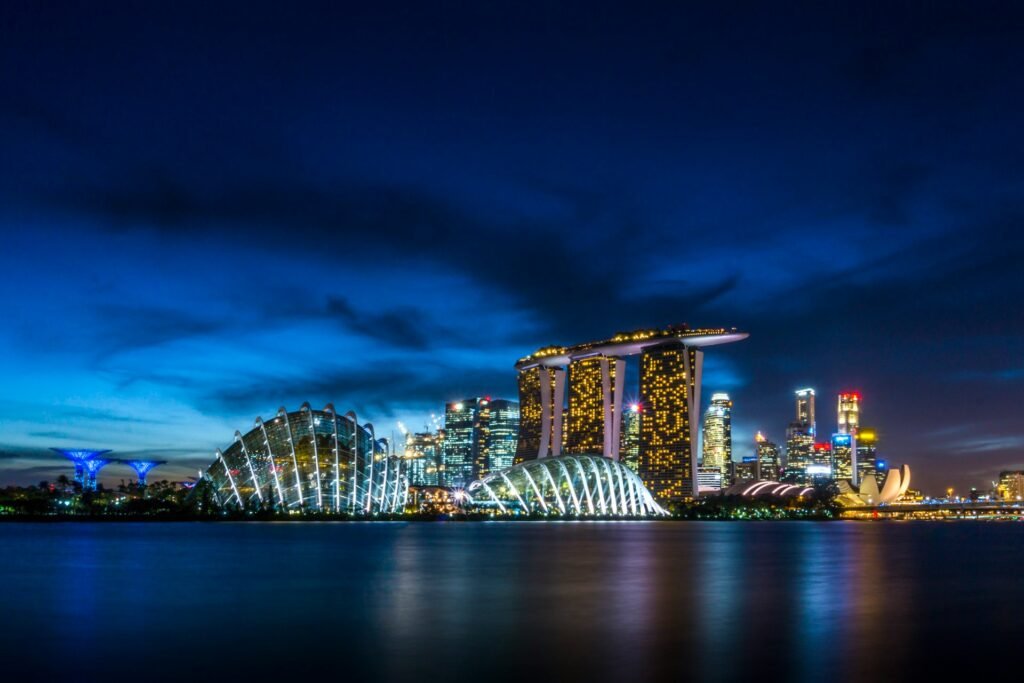
Singapore, a compact city-state at the tip of the Malay Peninsula, offers a striking mix of cutting-edge architecture and cultural depth. Visitors can explore Marina Bay, where the triple-towered Marina Bay Sands and the glowing Supertrees of Gardens by the Bay dominate the skyline. The city’s hawker centers, like Maxwell or Lau Pa Sat, dish out affordable, flavorful meals—think chili crab or satay—drawing food lovers to their bustling stalls. With its tropical warmth, efficient public transport, and spots like Sentosa Island for beaches and theme parks, Singapore packs a lot into its small size, appealing to a range of travelers.
It helps keep this site running, and we appreciate your support!
Sightseeing
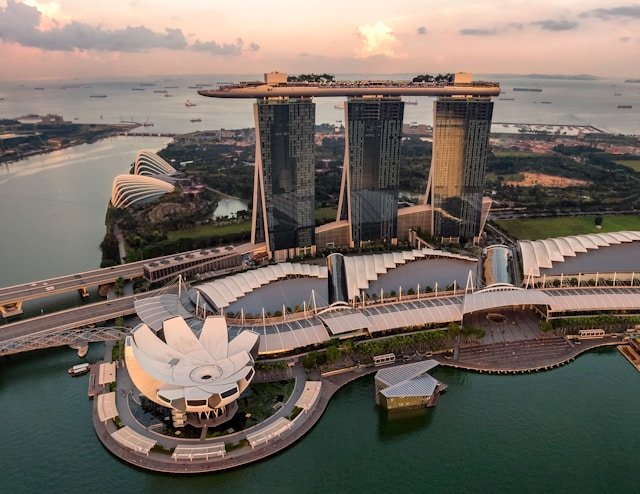
Marina Bay Sands
Rising above Singapore’s waterfront, this iconic hotel and entertainment complex is a must-see for its sheer scale and design. The three towers, topped by a 340-meter-long SkyPark, offer jaw-dropping views of the skyline, especially from the infinity pool (for guests) or observation deck (open to all). Below, the Shoppes mall dazzles with luxury brands, a canal for gondola rides, and a casino, while the nightly Spectra light-and-water show adds free spectacle. It’s touristy and pricey—entry to the deck costs around SGD 32—but the futuristic vibe makes it a Singapore staple.

Gardens by the Bay
Sprawling across 101 hectares near Marina Bay, this futuristic park blends nature with innovation. The Supertree Grove, with its towering, tree-like structures, lights up at night during the Garden Rhapsody show, while the Flower Dome and Cloud Forest conservatories house exotic plants and a misty indoor waterfall. Paths wind through manicured gardens, and the Skyway bridge offers aerial views for SGD 12. It’s a serene yet high-tech escape, though crowds peak at dusk—go early or late for quieter moments.
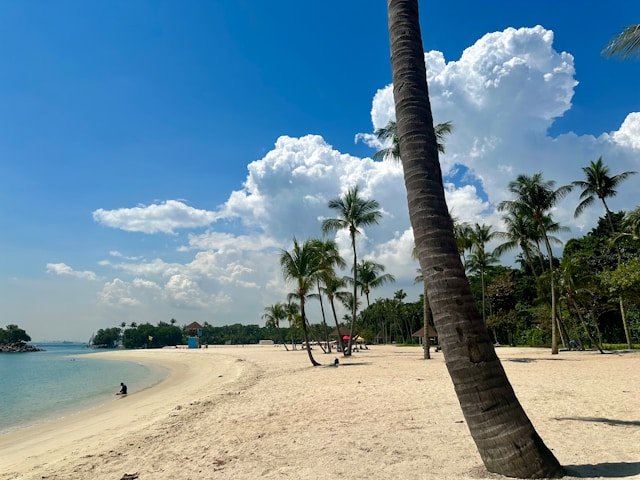
Sentosa Island
A short hop from the mainland, this resort island delivers sun, sand, and entertainment in spades. Beaches like Palawan and Siloso cater to swimmers and loungers, while Universal Studios Singapore pulls in thrill-seekers with rides like Battlestar Galactica. The S.E.A. Aquarium, one of the world’s largest, showcases marine life, and the cable car ride from Mount Faber adds scenic flair. Entry is free, but attractions cost extra (e.g., SGD 39 for Universal)—it’s a family-friendly spot that can get packed on weekends.
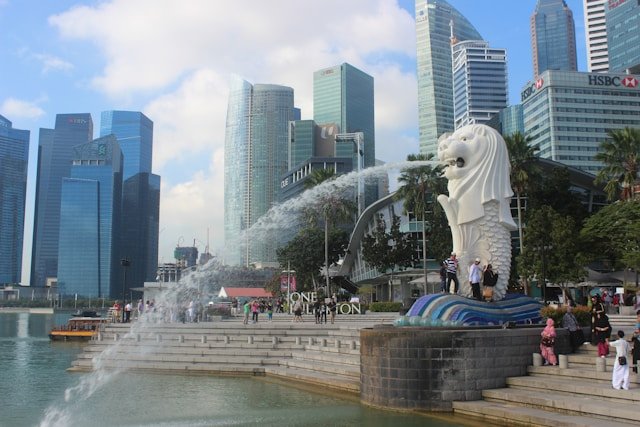
Merlion Park
Perched at the mouth of the Singapore River, this half-lion, half-fish statue is the city’s quirky mascot, spitting water into the bay. Standing 8.6 meters tall, it’s a quick stop for photos with Marina Bay Sands as a backdrop, symbolizing Singapore’s origins as a fishing village and its “Lion City” nickname. It’s free, compact, and often crowded with selfie-takers, especially at sunset. Pair it with a stroll along the waterfront for a low-key taste of local lore.
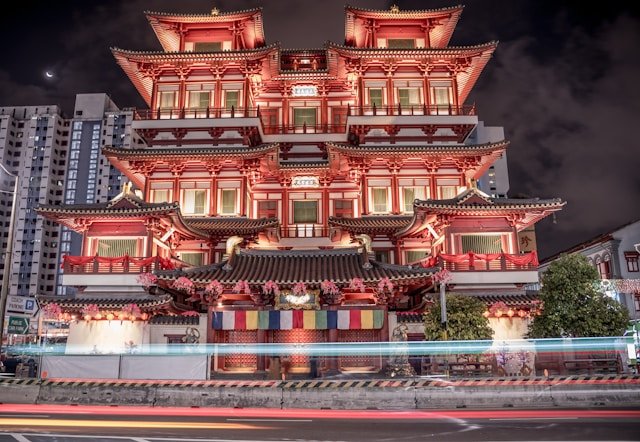
Chinatown
Bustling with heritage and flavor, this district blends old shophouses with modern energy. The Buddha Tooth Relic Temple stuns with its seven-story tower and golden relics, while hawker stalls at Chinatown Complex serve cheap eats like Hainanese chicken rice. Pagoda Street’s markets sell souvenirs, and the Heritage Centre dives into the area’s immigrant past for SGD 18. It’s a lively, walkable spot—best explored on foot—but can feel touristy amid the trinket shops.
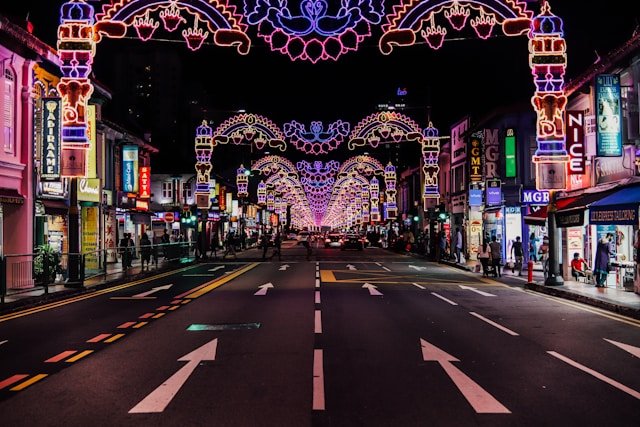
Little India
Colorful and chaotic, this enclave buzzes with South Asian culture amid temples and spice-scented streets. Sri Veeramakaliamman Temple dazzles with its gopuram tower, while Tekka Centre offers wet markets and hawker food like roti prata. Mustafa Centre, a 24-hour mega-store, sells everything from gold to gadgets at bargain prices. It’s less polished than downtown—think crowded sidewalks and noise—but the authenticity and low costs make it a standout.
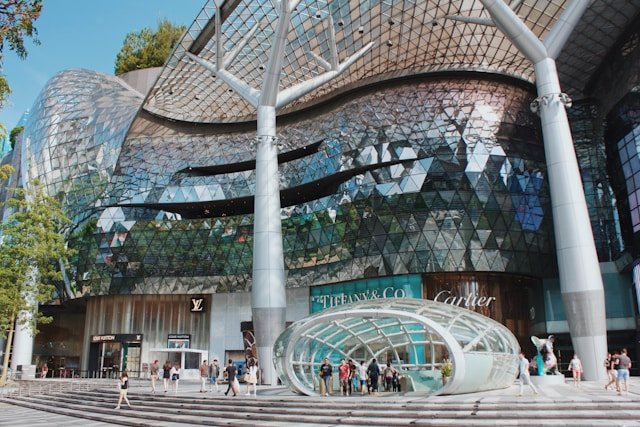
Orchard Road
Stretching 2.2 kilometers, this shopping strip is Singapore’s retail heartbeat, lined with glossy malls like ION Orchard and Takashimaya. From luxury brands to fast fashion, it caters to all budgets, with food courts dishing out affordable bites amid the splurge-worthy dining. Christmas lights transform it into a festive spectacle late in the year, and it’s walkable or MRT-accessible (Orchard station). It’s commercial and busy—less cultural than other spots—but a must for shopaholics.
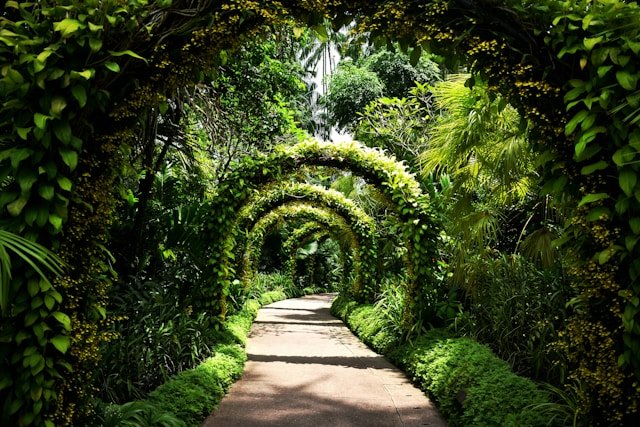
Singapore Botanic Gardens
Spanning 82 hectares, this UNESCO-listed oasis offers free entry to lush lawns, orchid displays, and a rainforest trail. The National Orchid Garden, at SGD 15, boasts over 1,000 species, while Swan Lake and the Jacob Ballas Children’s Garden add variety. It’s a peaceful retreat from urban hustle, perfect for picnics or morning jogs, though the tropical heat calls for water and shade breaks. Locals love it too, so expect company on weekends.
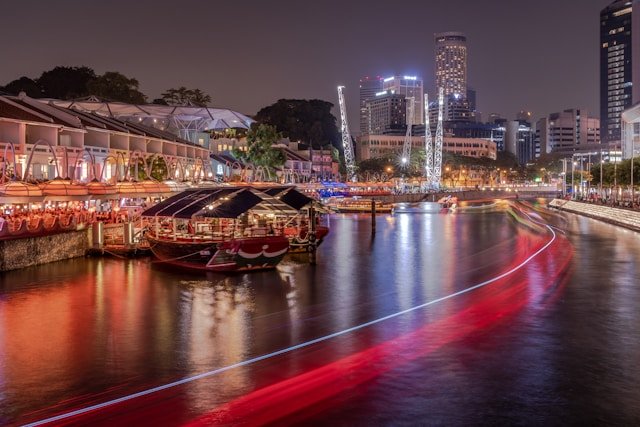
Clarke Quay
Along the Singapore River, this nightlife hub glows with riverside bars, restaurants, and neon lights. Once a trading wharf, it’s now a spot for alfresco dining—think seafood or craft beers—and boat tours that glide past historic quays (SGD 25). Daytime brings a quieter vibe with pastel shophouses, but it’s liveliest after dark when the party crowd rolls in. It’s pricier than hawker spots, but the atmosphere and central location keep it popular.
Activities

Rainforest Wild ASIA
Opened in March 2025, this newest addition to Singapore’s Mandai Wildlife Reserve spans 13 hectares of immersive rainforest terrain, designed to mimic Southeast Asia’s jungles. Visitors can explore 10 themed zones—like the Canopy, Karsts, and Cavern—where nearly 7,000 native trees and shrubs frame habitats for 29 species, including rare finds like the François’ langur and Philippine spotted deer. Flexible habitats mean animals such as red dholes or babirusas appear at different times, encouraging natural behavior while offering surprises along rugged trails or elevated walkways. Adventure options, from canopy jumps to cave crawls, cater to thrill-seekers, though comfy shoes and bug spray are a must in this humid, wild escape just a shuttle ride from central Singapore.

Singapore Night Safari
Tucked in Mandai, this pioneering nocturnal zoo—opened in 1994—sprawls across 35 hectares of secondary rainforest, hosting over 900 animals from 100-plus species, many of them threatened. Unlike typical zoos, it’s only open at night (7 PM to midnight), letting you spot elusive creatures like clouded leopards, pangolins, and Malayan tigers under moonlight-mimicking lights. A 35-minute tram ride winds through six zones, from Himalayan foothills to Southeast Asian jungles, while four walking trails—like the Leopard Trail—offer closer looks at bats or lions behind natural barriers. The Creatures of the Night show adds education to the eerie ambiance, though it’s wise to book tram slots early as this 1.3-million-visitor hotspot fills up fast.
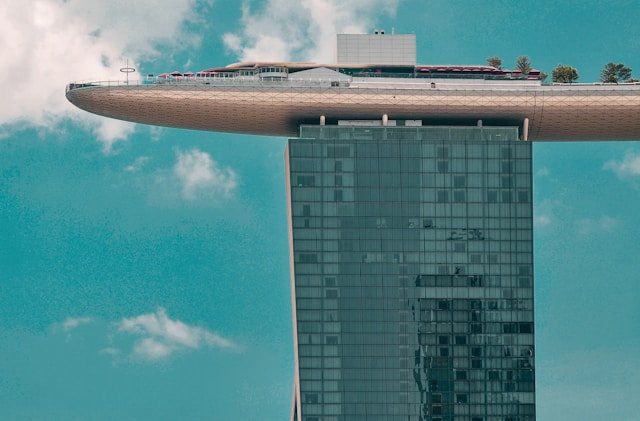
SkyPark Observation Deck
Perched 200 meters up on the 56th floor of Marina Bay Sands, this open-air deck delivers a 360-degree panorama of Singapore’s gleaming skyline. From here, you can trace the city’s icons—Gardens by the Bay’s Supertrees, the Singapore Flyer, and the Merlion—stretching out to the Strait, especially stunning at sunset or during the Spectra light show below. Entry costs around SGD 32, and while the infinity pool is hotel-guests-only, the public deck’s views justify the price, despite occasional closures for weather or events like silent disco nights. It’s a breezy, unshaded spot, so time your visit for cooler hours and grab a drink at the CÉ LA VI kiosk to savor the height.
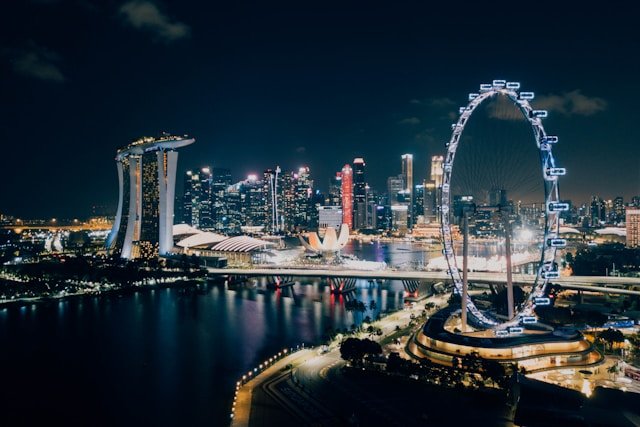
Singapore Flyer + Time Capsule
Soaring 165 meters, Asia’s largest observation wheel offers a 30-minute spin with air-conditioned capsules framing Singapore’s landmarks—Marina Bay, the river, and beyond—from a smooth, lofty perch. Tickets start at SGD 33, but premium options like sky dining or champagne flights elevate the ride, though kids under 3 roll free. Paired with it, the Time Capsule (included in some packages) is a compact, interactive exhibit blending VR and screens to narrate Singapore’s past and future—think trading port to metropolis. It’s a quick, family-friendly add-on, but reviews vary; some love the history hit, others find it underwhelming, so temper expectations and focus on the wheel’s vistas.
Flights
Hotels
General Tips for Visiting Singapore
Embrace the Food Scene
Plan for High-Tech Convenience
Dress Smart and Light
Transportation Guide for Singapore
Explore by Foot or Bike
Best Time to Visit
Peak Season: December to January
Value Index
It’s a premium package, but the price reflects that polish.
